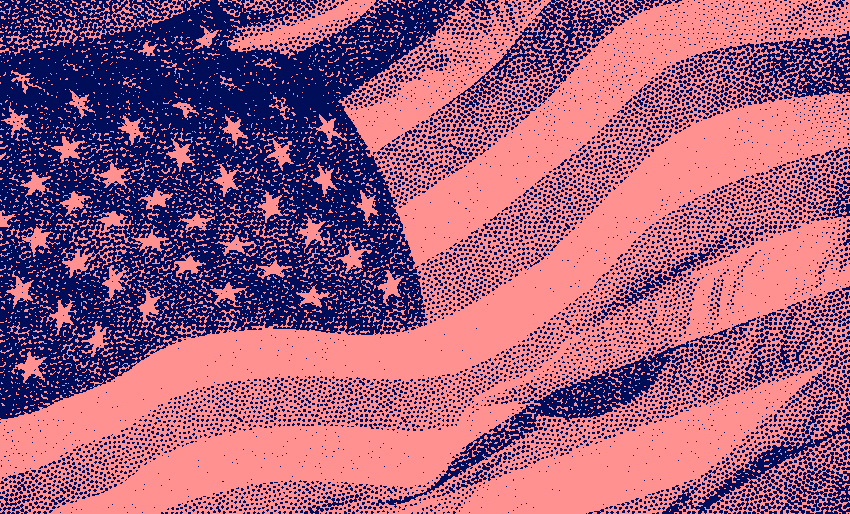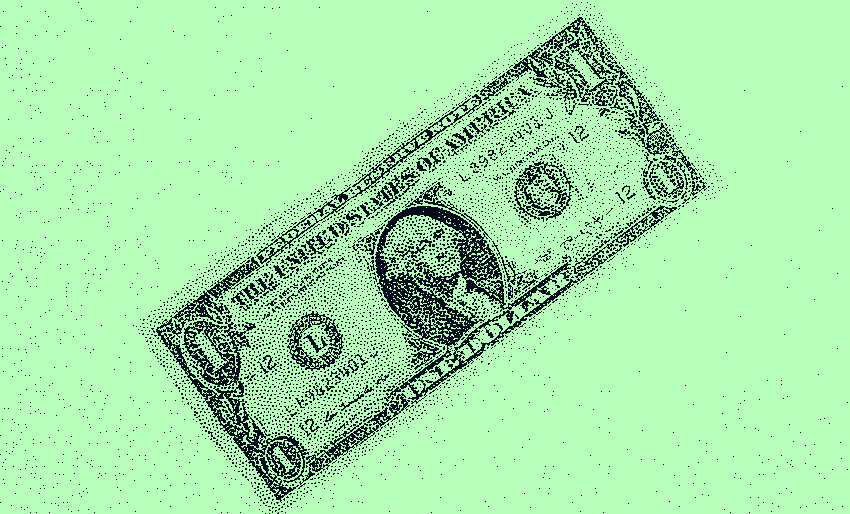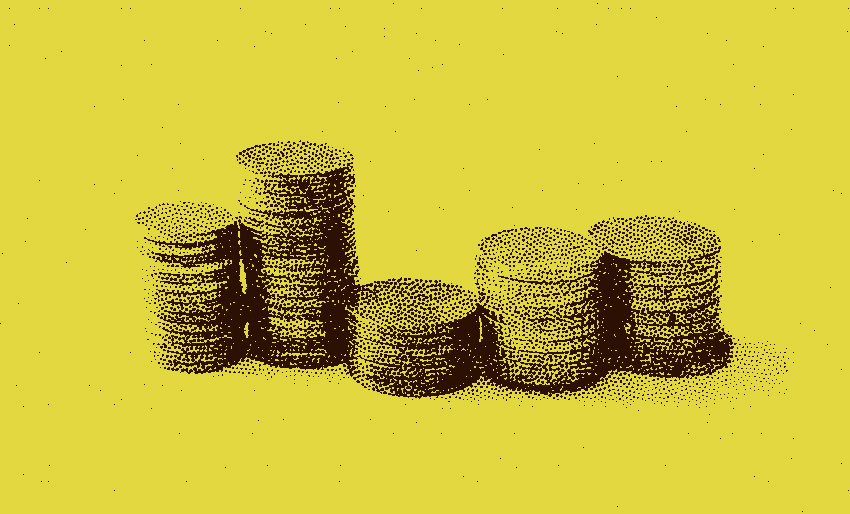Opening a Savings Account
Advertiser Disclosure
A savings account can be a great place to keep the cash you won’t be needing right away, like your emergency fund, savings for a large purchase, or money for an upcoming trip. But there are a few things you should know about them. So let’s get to it!
Here’s what we cover in this guide
Why open a savings account
Where to open an account
What you’ll need to open an account
Making regular contributions
Alternatives to savings accounts
Why open a savings account?
For many of us, banking begins with a checking account. They’re great for day-to-day cash management while keeping our money secure. But there is a downside. Checking accounts don’t typically don’t pay any interest on your money. So if you have a lot of cash sitting in one, more than say one or two months’ worth of spending, you probably could be getting more from your money.
This is where a savings account comes in.
With a savings account, your money will still be secure, but you’ll have the added benefit of also earning some interest on your money.
This means they’re ideal for your near-term and medium-term financial goals – like your emergency fund or money you’re saving up for a larger purchase.
There is a slight catch with savings accounts though. They generally aren’t intended for day-to-day transactions. In fact, traditionally, U.S. law limited the number of online withdrawals and transfers you can make with a savings account to six per month. This restriction was actually lifted in 2020 during the pandemic, and seems to be permanent. But some banks still have their own restrictions in place, so you’ll need to check.
However, these restrictions can actually be a good thing. The whole point of a savings account is to put away money for future goals. So you won’t want to be dipping into your account frequently anyway. In other words, use the restrictions to your advantage.
Where to open your savings account
If you already have a checking account, your bank probably offers savings accounts too. So take a look and see what they offer. But don’t stop there.
For starters, other banks may offer more attractive interest rates. And it’s not necessarily a bad idea to create a little separation between your savings and checking accounts. Again, it’s about limiting that temptation to spend it. You want your money accessible for when you need it, but not too accessible for when you just want it.
In general though, you’ll still want to shop around and compare offers.
Interest rates will vary form bank to bank. And banks also vary with respect to fees, which you’ll want to avoid/limit as much as possible.
Considering a High-Yield Savings Account
Currently, interest rates at traditional brick-and-mortar banks are fairly low. This means you won’t be earning much of a return on your money.
However, online-only banks will often offer higher interest rates because they don’t have the same overhead expenses as traditional banks. And your money should still be just as safe.
So basically, these “high-yield” savings accounts can be a good option if you don’t particularly care about visiting a physical location.
Another thing to note – with these accounts it typically takes a few days to transfer your money to a checking account. So they aren’t great if you’ll need the money immediately. But that shouldn’t necessarily be a problem since, again, we’re talking longer-term savings.
Security – no matter where you bank, you’ll want to make sure your account is protected by FDIC insurance, which protects deposits up to $250,000. Most banks have it, but you’ll want to be sure. (Credit unions have NCUA insurance instead, but it’s similar).
We’ve pulled together a list of five popular high-yield savings accounts and the interest rates they offer. All are FDIC insured. The “Learn More” links will take you to their secure websites.
| Bank | Current Rates* | Minimum Balance | Start Saving |
|---|---|---|---|
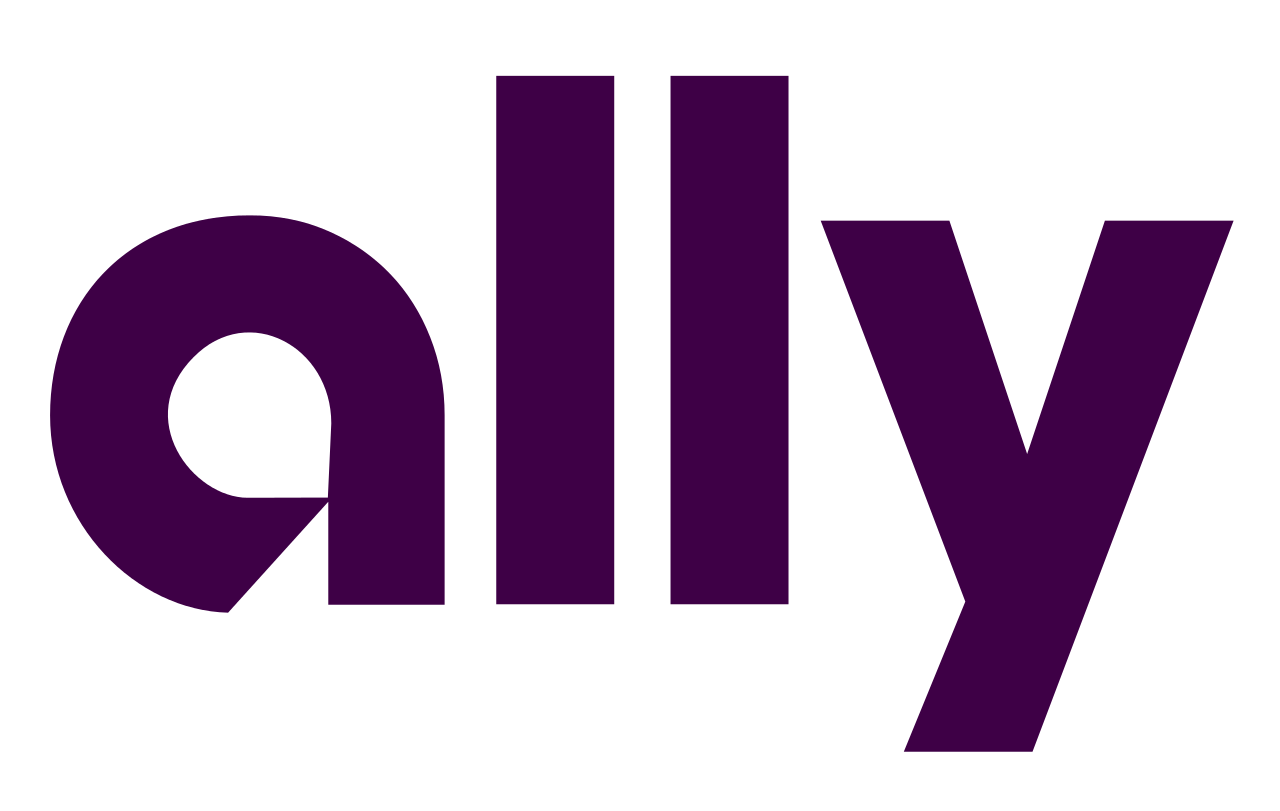 | 4.20% | $0 | Learn More |
 | 4.30% | $0 | Learn More |
 | 4.40% | $0 | Learn More |
 | 4.50% | $0.01 | Learn More |
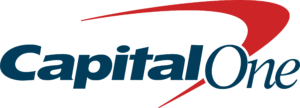 | 4.25% | $0 | Learn More |
*The rates listed, or Annual Percentage Yields, are advertised as of 4/23/24. They’re subject to change, so you’ll want to get more details directly from the providers at their respective websites before signing up.
What you’ll need to open an account
Opening a new savings account shouldn’t take too much time, but it’s still a good idea to get yourself a little organized first. Typically you’ll need; name, physical address, email address, date of birth, social security number, and a driver’s license or other valid ID.
If you’ll be linking the account to other bank accounts, like a checking account, you’ll need to have the routing number and account number for those accounts too (unless it’s at the same bank).
Some banks might require minimum deposits to open an account, but some don’t. You’ll want to compare different offers as you shop around and figure out what makes sense for you.
Making regular contributions to your account
Once you’ve set up your account, don’t just let it sit there! Make sure you’re making regular contributions. You can do this through automatic transfers from your checking account or you can set up direct deposit through work. You can even elect to have some of your paycheck go to your checking account and some go to your savings account – there are a lot of options.
The key is to find a method that works for you where you can regularly set aside money and not be tempted to spend it on things other than your specific goals. And remember, you CAN do it!
Alternatives to savings accounts
Savings accounts aren’t the only game in town if you want to get more from your money.
• Money Market Account – Money market accounts are similar to savings accounts. They offer higher interest rates compared to checking accounts but are also not intended for day-to-day use (may be restricted to six monthly withdrawals/transfers). Often banks will require higher minimum balances for money market accounts.
• CD (Certificate of Deposit) – With a CD, your money will be tied up for a specified period of time, or term, ranging from a few months to a few years. During that period, you can’t take your money out without incurring a penalty. The upside is they tend to offer higher interest rates since your money is locked up.
• Investment Account – If you’re looking to get even more out of your money, then it’s time to open an investment account, like a 401(k), IRA, brokerage account, or robo-advisor. Investing is hands down the best way to grow your money over time. We can help you get started.
Summary
A savings account is a great place to keep your money safe and readily available, all while earning some interest. This makes it a money must-have if you want to take charge of your finances. The sooner you set one up and start saving the better. So get to it!
Pro Tip: Bank interest rates will change over time. So once you’ve opened your account, it’s a good idea to periodically check in with your bank to make sure you’re getting the best rate possible (and don’t be afraid to mention what their competitors offer).
Anything else we can help you with?
How to refinance your student loans
Saving more by automating your finances
How to start investing with a brokerage account or robo-advisor
